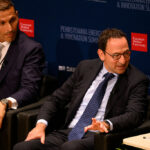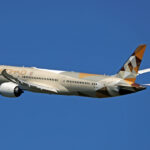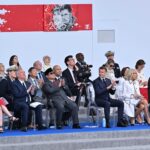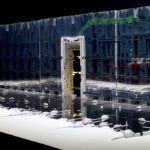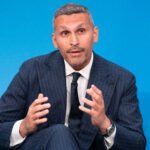An Emirati ‘majlis’ spreads out on the National Mall in Washington
This year’s Smithsonian Folklife Festival spotlights the culture of the UAE through Mideastern song, colorful tapestries and a falcon on the wrist
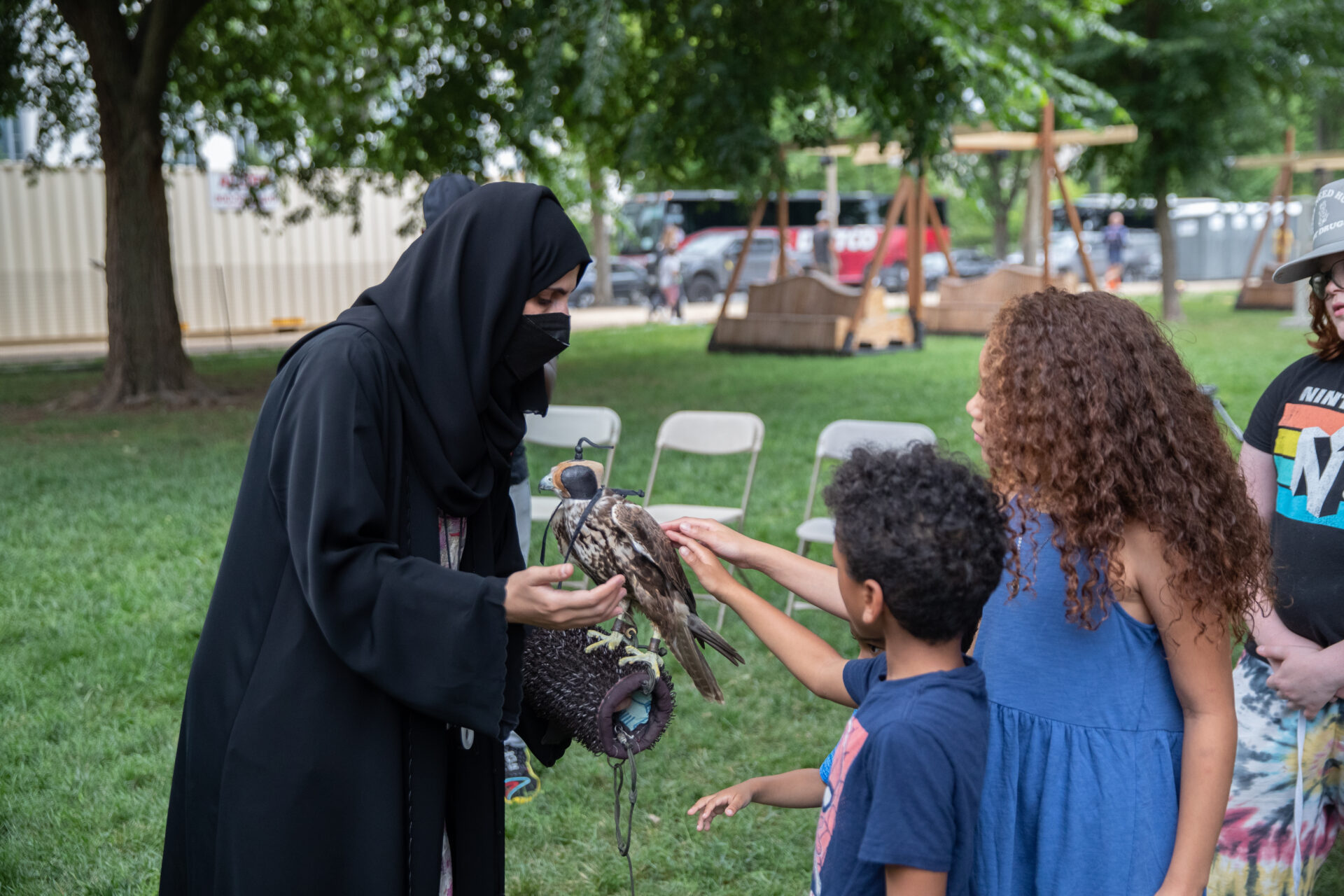
Children are invited to pet a falcon from the UAE at the Smithsonian Folklife Festival on the National Mall
On a scorching summer afternoon, tourists from around the world came to relax in the shade of the makeshift wooden majlis, Arabic for a sitting room, on the National Mall. The Washington Monument towered in the background.
Children picked...

